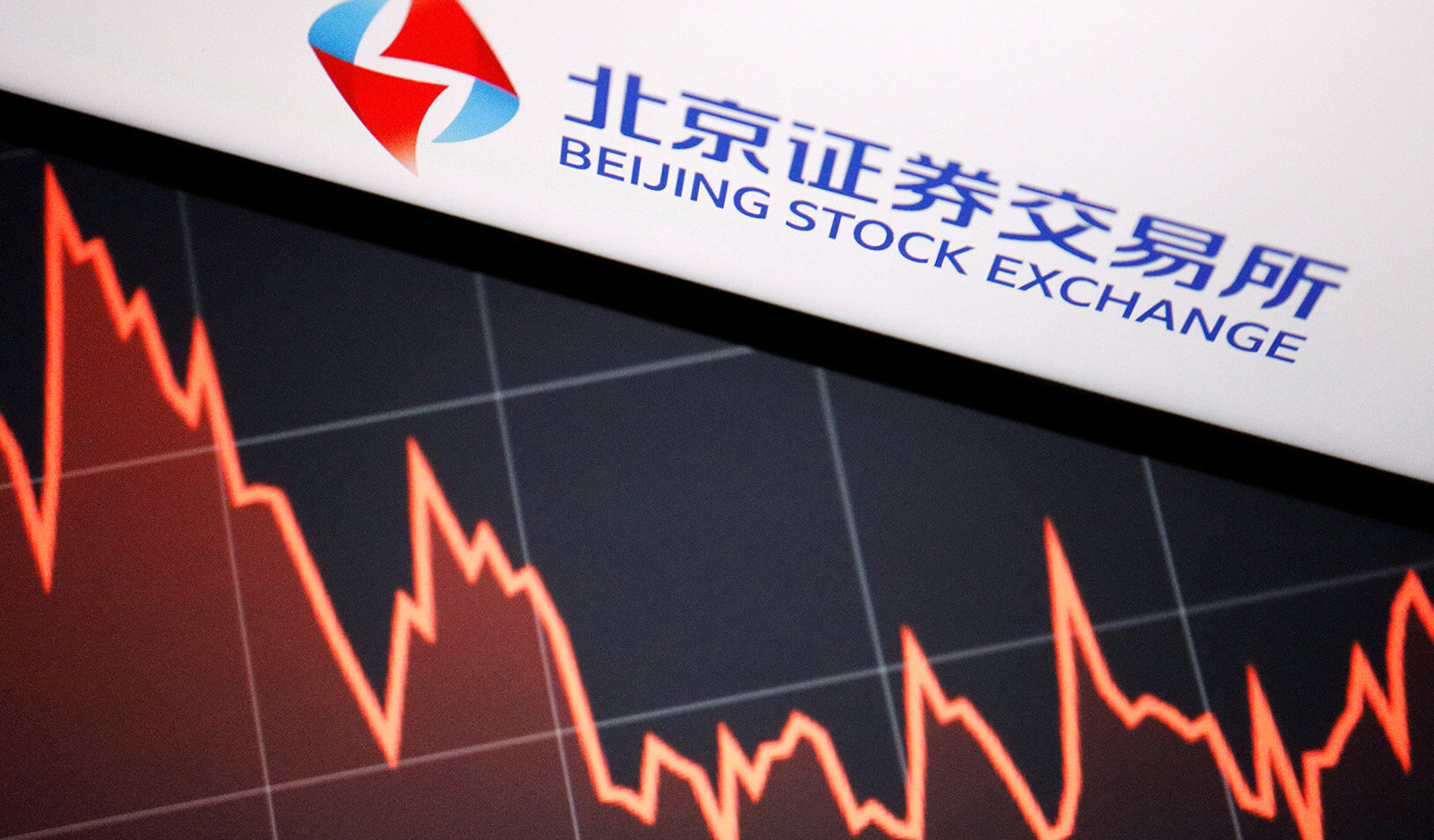
When stock news stories are written by bots, the markets win. | iStock/FilippoBacci
Robots have taken over many jobs once done by humans; now it seems they’re even business reporters. Since 2014, the Associated Press has assigned the task of writing up quarterly-earnings news to an algorithm. The system uses natural language processing to synthesize information from a variety of sources, and the articles are widely circulated by outlets like Yahoo Finance, Huffington Post, and Investor’s Business Daily. You’ve probably read them without knowing it.
Of course, automated programs are already used to trade stocks, and their potential to ratchet up market volatility is well known. According to the Securities and Exchange Commission, computerized trading was one of the villains in the Flash Crash of 2010. (The mind swims at the thought of algorithms buying and selling on news created by algorithms.) But it seems these robo-journalists are on the side of good.
The AP has used the technology to expand the number of companies it covers, from around 400 per quarter to more than 4,000. That means thousands of firms that once had no media visibility are now getting press on a regular basis. And that new coverage has led to increased trading activity and market liquidity in those companies’ stocks — thus actually strengthening the market.
That’s the finding of a new paper by Elizabeth Blankespoor of Stanford Graduate School of Business, Ed deHaan of the University of Washington’s Foster School of Business, and Stanford GSB doctoral student Christina Zhu. And the results shed light not only on the effects of automated journalism, but also on the role of media more generally in capital markets.
A Research Opportunity
Business scholars have tried for more than a decade to measure the effect of press coverage on stock prices. “It’s incredibly hard to isolate,” Blankespoor says. For one thing, how do you tell whether traders are reacting to news articles or to the events those articles are reporting on?
Also, the media plays a number of different roles in markets: At a basic level, it packages and broadcasts existing public information. However, it can also create new information through investigative reporting, analysis, or spin. Even the editorial decision to cover an event is informative — it signals that whatever just happened was important enough to warrant coverage.
But when Blankespoor, deHaan, and Zhu heard about the AP’s automation plan, they realized it offered a rare research opportunity. For one thing, the expanded coverage was driven purely by the cost advantage of bots, not by any change in the news value of earnings announcements. So if market activity changed after implementation, they could be pretty sure it was due to the articles.
Another advantage was that the stories contained no new information. “These pieces come out a few hours after a firm’s press release,” deHaan says. “By that time, market professionals already know the key numbers.” The articles pull in additional material from analyst reports, past performance, and so on, but it’s all publicly available.
“This let us zero in on the pure synthesis-and-dissemination role of media,” Blankespoor says. “So it’s really interesting to see that these basic articles with ‘old’ information — old by today’s standards — are still able to move markets. It tells us that the media’s role in distributing public information has economic value in itself, and we were able to quantify the effect.”
Deepening the Market
Would You Know This Story Was Written by a Robot?
This AP earnings story was generated by Automated Insights using data from Zacks Investment Research.
Inventure Foods Reports 3Q Loss
Inventure Foods Inc. (SNAK) on Wednesday reported a loss of $2.6 million in its third quarter. On a per-share basis, the Phoenix-based company said it had a loss of 13 cents.
The results missed Wall Street expectations. The average estimate of four analysts surveyed by Zacks Investment Research was for earnings of 3 cents per share. The snack maker posted revenue of $66.5 million in the period, which also fell short of Street forecasts. Four analysts surveyed by Zacks expected $74.7 million.
Inventure Foods shares have climbed 16 percent since the beginning of the year. The stock has decreased slightly more than 9 percent in the last 12 months.
— Source: AP, Nov. 2, 2016
The researchers looked at 2,433 firms — smaller companies with a median market cap of $250 million — that had not received earnings coverage from the AP before. The new system launched in October 2014 and was phased in; by the end of the sample period a year later, two-thirds of those companies were getting quarterly write-ups (the proportion is even higher today).
The impact was dramatic. After automated coverage of a company began, the amount of trading in its stock within two days of an earnings announcement rose by 11% on average. “That told us the articles were getting attention,” deHaan says. “But higher trading volume can be good or bad. If it causes the stock price to bounce around more — say, if less sophisticated investors were overreacting to the limited earnings news — that would be undesirable.”
What really matters is liquidity, or more specifically, market depth — meaning that if you want to buy or sell shares, you can find a willing trade partner without having to change the price. “The more shares you can trade at a given price, the deeper the market is said to be,” Blankespoor explains. “It makes trading less expensive, so people are more willing to invest in that company.”
When the researchers ran the analysis, they found that the AP’s automated articles significantly deepened the market in these stocks. So at least in this case, robo-journalism clearly enhanced capital market efficiency, with no apparent downside in added price volatility.
The study doesn’t try to explain why it works, but Blankespoor speculates that the articles broaden the market for a firm’s stock by pulling in a larger group of investors. “We can’t see who’s reading these things,” she says. “But it’s probably not the professional trader who sits in front of a Bloomberg terminal all day reading real-time news flashes.”
She thinks two things are happening: First, the coverage is raising the profile of these firms and catching the attention of casual investors who weren’t aware of them before. And second, it’s lowering the cost of monitoring the companies’ performance. “If you know you’re going to get the latest numbers and a synthesis of other salient information every quarter, with no legwork on your part, you’ll be more willing to take a position in a firm,” Blankespoor says.
Next: Robo-Columnists?
Of course, automated journalism isn’t automatically benign. It’s easy to imagine bots that not only spread “fake news” stories, as we saw during the recent presidential campaign, but also use web-scraping tools and language processing to generate them. “The crucial thing here,” deHaan says, “is that the AP’s data comes from a reliable, human-vetted source.”
Blankespoor agrees. “This is an algorithm, but encoded in it are human decisions: what information to use, how to interpret it, what kind of language to employ — the choice of words can easily put a spin on the facts. There are a lot of ethical and integrity issues that go into automating a newsroom.” It matters, she says, that the AP’s algorithm wasn’t built by programmers alone. “Journalists did this.”
Given the struggles of media outlets to monetize the news and remain viable, it’s a safe bet that this is just the beginning for robo-reporters. As they get smarter, we’ll see them take on investigation and complex analysis, deHaan says — all the roles that journalists now serve. “If we’re finding that even these simple articles can improve efficiency, it’s exciting for what could come next.”
For media inquiries, visit the Newsroom.






